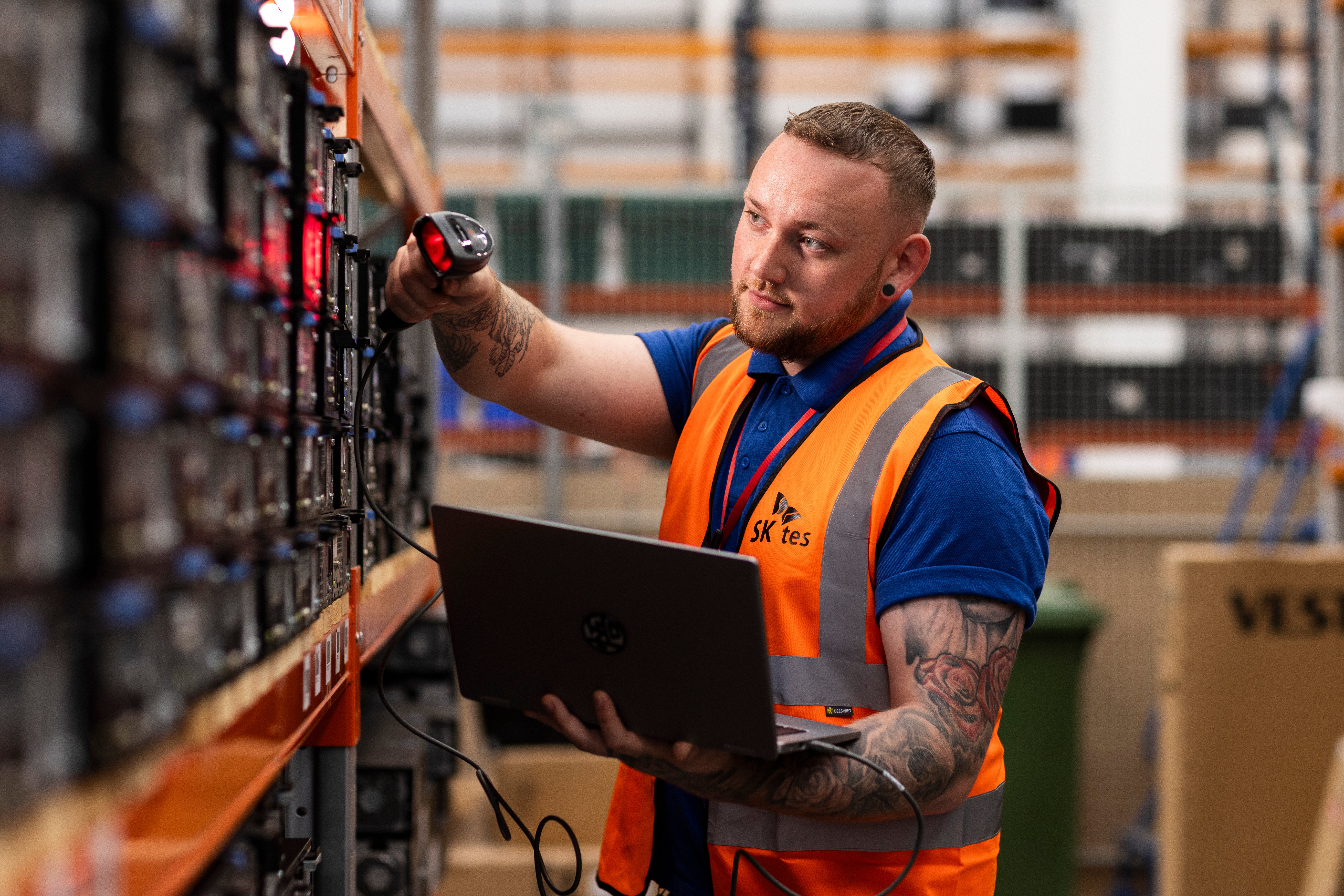Have you ever wondered where your old phone goes? Watch Alice Huang, President of TES China, explain, as part of Huawei's #DrivenByPressure, TEDx talks.
You have probably already used a dozen of phones in your life from brands such iPhone, Siemens, Ericsson, Motorola, Nokia maybe?
In China, about 5% of 52% mobile phone users change their phones every two years. This means that each person owns more than five phones. But have you ever thought about the fate of these phones that we once considered as half-life after leaving us? Their first half of life was carefully cared for by us, so what kind of fate will they face in the second half of life?
This video also explores the lifecycle of electronics, from the cherished devices we use daily to the discarded items that too often end up polluting our environment. The video dives into the transformative power of recycling technologies, revealing how materials like gold, copper, and lithium can be recovered from devices like mobile phones and batteries.
Watch as we uncover the challenges of e-waste, the innovations driving sustainable solutions, and the critical role education and awareness play in building a greener future. From recycling processes that safely extract valuable materials to inspiring the next generation of environmental leaders, this video showcases how small actions can lead to big changes.
Watch the video "Where does your old phone go?"
From E-Waste to Opportunity: Insights from Our Video on Sustainable Recycling
Children in these regions were particularly vulnerable, suffering from heavy metal poisoning due to contaminated water and soil. This situation extended beyond phones—e-waste included everything from computers and televisions to refrigerators, printers, and even toys.
Rethinking E-Waste: Unlocking Hidden Value
Electronic waste isn’t just a burden—it’s a treasure trove of resources. Through advanced recycling methods, the valuable materials in discarded electronics can be recovered and reused, transforming waste into wealth. Here are some examples:
-
Recycling one million mobile phones can yield 120 kilograms of gold—enough for 21,000 Olympic medals—and 87 tons of copper, sufficient to make 190,000 bronze medals.
-
Lithium and cobalt, critical elements in modern batteries, can also be efficiently recovered and reused.
This process involves a combination of physical and mechanical separation techniques—crushing, sorting, smelting, electrolysis, and more—followed by the recovery and refining of metals. With stringent safety and environmental controls, these technologies ensure that recycling is both effective and sustainable.
Learn more about battery recycling with SK tes.
The Future Challenge: Batteries
As technology evolves, batteries are set to dominate our lives, powering everything from electric vehicles to smart devices. While they offer a cleaner alternative to fossil fuels, battery production consumes vast amounts of natural resources.
For example, extracting one ton of lithium requires about 190,000 tons of water. In contrast, recycling lithium from used batteries requires just 28 tons of water. The stark difference underscores the importance of advancing recycling technologies to reduce resource consumption and minimize environmental harm.
Innovating for a Sustainable Future
Beyond recycling, we must rethink how we design and manufacture electronic devices. By prioritizing simplicity and modularity, manufacturers can make recycling easier and reduce overall waste.
-
Simplified Design: Using fewer materials in manufacturing makes devices easier to disassemble and recycle.
-
Modular Upgrades: Instead of replacing entire devices, upgrading components like chips or batteries can extend the lifecycle of electronics.
-
Smarter Recycling Systems: Technology like IoT-enabled waste classification can streamline the collection and recycling process, making it more efficient and transparent.
Inspiring the Next Generation Globally
At our environmentally friendly processing plant in Shanghai’s Jiading Industrial Zone, visitors witness first-hand how discarded devices are transformed into valuable resources. Over the past five years, we’ve welcomed 50,000 visitors, including children from schools across the region.
Through hands-on activities like dismantling phones and computers, children learn the importance of recycling and explore innovative solutions for environmental protection. These experiences inspire the next generation to think critically and creatively about sustainability.
SK tes - Sustainable technology solutions
At SK tes, we provide solutions to reduce e-waste and promote sustainable recycling practices. By recovering precious materials from discarded electronics, we’re not only minimizing environmental harm but also unlocking their full potential.
We are committed to sustainability and with technology, innovation, and collaboration, we can ensure a greener future for generations to come.
Learn more about SK tes on about us page or get in touch with us today.





